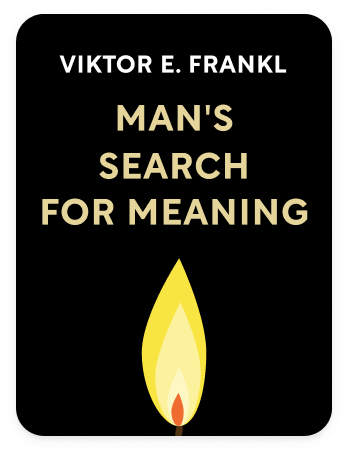

This article is an excerpt from the Shortform book guide to "Man's Search For Meaning" by Viktor E. Frankl. Shortform has the world's best summaries and analyses of books you should be reading.
Like this article? Sign up for a free trial here .
What are inner lives? How can understanding our inner life help us in logotherapy and to build psychological resistance?
All humans have inner lives. The inner life is unique and complex. In logotherapy, Viktor Frankl explains that they are one of the ways we can build psychological resistance.
Read more about how these lives can help you survive trauma and how they relate to logotherapy.
Inner Lives
Humans are one of the few creatures on earth who have inner lives–personal, private, intangible thoughts and feelings that make us individuals. The inner life is a psychological place we can retreat to when external circumstances become overwhelming.
An inner life is where we can find happiness, even in terrible external circumstances. Frankl offers a few examples of inner life categories:
- Humor: Though humor was one of the abnormal reactions prisoners experienced while in shock, humor could also lift a prisoner’s spirits by allowing them to distance themselves from and rise above the situation, even if only for a few minutes or seconds.
- Art: There were instances of art in the concentration camps. Prisoners hosted improvised cabarets from time to time, with music, poetry, and per our last point, comedy.
- Religion: Religious and spiritual interest of the prisoners deepened during their time in the concentration camps, and prisoners often had improvised religious services in stolen moments and tucked away places.
- Beauty: The beauty of nature intensified for prisoners, and the view of a glowing sunset through the barred windows of a train could remind prisoners of the world outside of the bleak camp.
- Imagination: The imagination can serve as an escape. Frankl would picture mundane scenes from his old life in great detail, which gave him mental respite from the camps.
- Love: Love is a huge facet of our inner lives. Frankl would often picture his wife in great detail to boost his spirits.
Frankl observed a marked difference in well-being between prisoners with rich inner lives and prisoners without: the prisoners who let go of their inner lives succumbed to their surroundings and had a harder time psychologically and less chance of surviving. In fact, physically weaker prisoners sometimes survived camp better than heartier prisoners precisely because these weaker prisoners had been more focused on their inner lives before they were put in camps.

———End of Preview———
Like what you just read? Read the rest of the world's best book summary and analysis of Viktor E. Frankl's "Man's Search For Meaning" at Shortform .
Here's what you'll find in our full Man's Search For Meaning summary :
- How Viktor Frankl survived four Nazi death camps
- Frankl's life-changing advice for coping with suffering
- Why focusing on what you enjoy isn't enough to make your life meaningful






